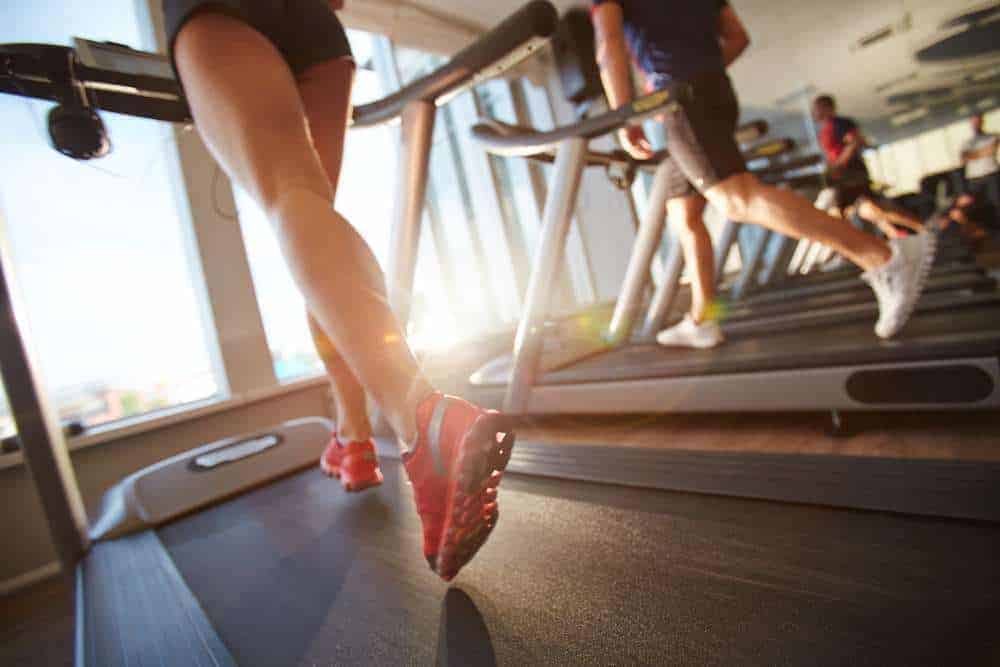
The King of Cardio: HIIT or LISS?
Share
Why is it that for the majority of us lifting heavy weights for 2 hours is as easy as 1, 2, 3 yet one minute of cardio is a soul-destroying ordeal that requires superhuman levels of motivation? Honestly, we wish we had the answer. As if that wasn’t difficult enough, there also happens to be two broad types of cardio to choose from – namely LISS and HIIT. Read our blog to find out what they are and which type of cardio you should be doing.
The cause for cardio
First and foremost, is cardio even necessary? Yes. Whether your goal is to burn and shed some fat or to improve your athletic performance, cardio can bring you one step closer to achieving either.What is LISS?
The acronym, LISS, stands for Low Intensity Steady State cardio. As implied by its name, LISS is any cardio that you perform for a prolonged period of time at a constant pace. While you will most likely work up a sweat, it is not an intense form of exercise. Examples of LISS would be a casual jog, cycle on a stationary bike, walk on the treadmill, hike or swim. This form of cardio is not as taxing or strenuous as HIIT, and takes considerably longer to complete.Benefits of LISS
- Offers faster recovery which allows LISS to be performed multiple times without overexerting the body.
- Less strenuous and taxing.
- Burns fat and calories.
- Improves aerobic fitness
- Helps to vary your workout regime.
What is HIIT?
HIIT (High Intensity Interval Training) is a training approach that alternates between low to moderate intensity intervals and high intensity intervals. An example would be 30 seconds of sprinting followed by jogging at a steady pace for a minute and then repeating these intervals. This principle can be applied to various exercises such as lunges, squats and press-ups too. Life, in these times, is increasingly hectic and busy so it’s no mystery why HIIT has grown in popularity. It allows participants to burn a considerable amount of fat and calories in a relatively short period of time. Furthermore, your post exercise metabolism will be boosted for hours after exercise, burning additional calories (Skelly et al, 2014). HIIT’s fat burning potential has been supported by various studies that have suggested that HIIT training can be a time-efficient component of weight management training programs for improving body composition(Wewege M, van den Berg R, Ward RE and Keech A, 2017).Benefits of HIIT
- Time-efficient, allowing workouts to be completed in relatively less time.
- Burns an equal amount of calories in less time (Foster et al, 2015).
- Boosts post exercise metabolism.
- Preserves muscle mass as opposed to using up both fat and muscle tissue.

